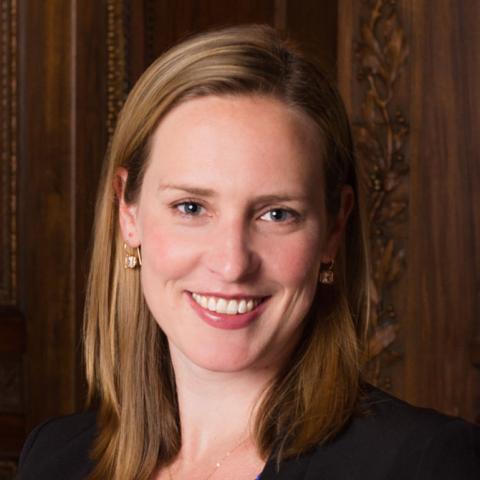High and variable health care prices are the major drivers of health care spending in the private insurance sector in the United States. Most discussions about this problem focus on federal policy solutions or private negotiations between insurers, providers, and manufacturers. However, states can also be key players in addressing these issues.
States occupy several roles in providing health care and coverage for their constituents. We often focus on the role of states in administering and financing public programs like Medicaid, but states also serve as purchasers of private insurance for state employees and retirees, and as regulators of private insurance. States are leveraging these distinct, often powerful, roles to experiment with curbing high health care prices and spending.
States as Purchasers
In response to state fiscal constraints, high prices, and unexplained wide price variation, states are looking for new, creative solutions to curb spending among state employees and retirees.
Montana’s state employees’ health plan implemented reference-based pricing for all hospital services by linking reimbursement to a set percentage of Medicare rates. Previously, some hospitals in the state were charging up to six times Medicare rates. After negotiations between state officials and hospitals, Montana pays 234 percent of Medicare for inpatient and outpatient services. The state was able to secure all major hospital facilities in its employee health plan network, thanks partly to public pressure from workers and unions. After three years, this policy change saved Montana approximately $15.6 million in 2018.
North Carolina’s state treasurer is following Montana’s example and continuing to push for a similar reference pricing model based on Medicare rates under the state employees’ health plan. North Carolina’s plan would set the reimbursement rate at an average of 182 percent of Medicare, with higher rates for rural hospitals and behavioral health providers and lower rates for nonrural inpatient services. The plan has hit implementation hurdles and is being scaled back.
Colorado passed a law allowing employers to come together to negotiate health care prices directly with providers for employee plans in an effort to extract lower prices. The regional Peak Health Alliance in Summit County, which negotiates directly with providers to get favorable pricing on behalf of a collective of small and large businesses and individuals, has had initial success with this tactic, with 15-percent to 20-percent reductions in premiums. State officials are contemplating an expansion to a statewide purchasing alliance that would start with state employees, as well as private employers and individuals purchasing insurance who opt in.
California is creating a statewide purchasing system for prescription drugs. In this model, a coalition of public and private purchasers would negotiate prices with drug manufacturers. Coalition members include Medi-Cal, the state’s Medicaid program, and Los Angeles County, which buys drugs on behalf of county hospitals and corrections facilities. It hopes to include the local governments, private payers, small businesses, and self-insured employers. Pooling the purchasing power of these groups increases negotiating power, leading to lower prices.
States as Regulators
States are considering various legislative and regulatory approaches to control overall health care spending.
Several states are testing approaches to contain spending growth. For example, Massachusetts’s Health Policy Commission (HPC) is working to foster a statewide understanding of health care cost trends and inform efforts across all payers and providers to bend the cost curve. To do this, the HPC monitors spending growth, sets a statewide growth target, and reviews the cost and market impact of proposed mergers and acquisitions. Rhode Island established inflation caps and diagnosis-based payments for private plans, resulting in decreased spending growth and patient cost-sharing because of lower prices, without negatively impacting quality and utilization of services. In a new effort, Pennsylvania is focusing on rural hospitals. It will use a global budget (i.e., a fixed amount of funding for a population, rather than paying for individual services or cases) in conjunction with new, innovative care delivery models to improve access and quality, while also reducing cost growth across payers. The state continues to work to increase participation from hospitals and private payers in addition to Medicare and Medicaid.
In an effort to promote transparency and increase pricing pressure, New Hampshire makes hospital prices available to consumers through a website, NH Health Cost. The tool allows patients to see the cost of care before seeking treatment so they can pick the lowest-cost provider. Uptake has been limited, but it has led to modest savings and decreases in list prices.
Need for Data
No matter what action states take to curb health care prices, they need data on spending, utilization, and pricing by payer. To that end, a state or national all-payer claims database is a valuable tool in enabling cross-payer comparisons. Currently, 26 states have taken steps to establish such databases. Their utility has been limited in some states because of federal law that prevents mandating participation by self-funded employers. In addition, this work is complex, analytically difficult, and resource-intensive. States and the federal government must provide funding to finance the work and political authority to tackle the growing health care cost crisis.


